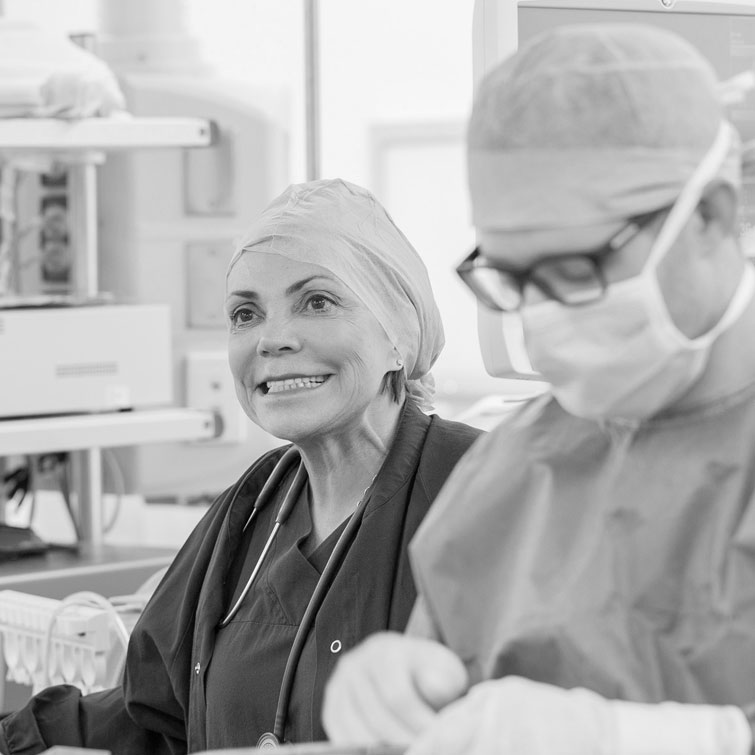SERVICES
Dr Nikolarakos is available to consult patients for:
Dental Implants
Dental implants are really changing the way people live. They are designed to provide a foundation for replacement teeth that look, feel, and function like natural teeth. The person who has lost teeth regains the ability to eat virtually anything, knowing that teeth appear natural and that facial contours will be preserved. Patients with dental implants can smile with confidence.
Wisdom Teeth
By the age of 18, the average adult has 32 teeth; 16 teeth on the top and 16 teeth on the bottom. Each tooth in the mouth has a specific name and function. The teeth in the front of the mouth (incisors, canine, and bicuspid teeth) are ideal for grasping and biting food into smaller pieces. The back teeth (molar teeth) are used to grind food up into a consistency suitable for swallowing.
The average mouth is made to hold only 28 teeth. It can be painful when 32 teeth try to fit in a mouth that holds only 28 teeth. These four other teeth are your third molars, also known as “wisdom teeth.”
Jaw Corrective Surgery
Orthognathic surgery is needed when jaws don’t meet correctly and/or teeth don’t seem to fit with jaws. Teeth are straightened with orthodontics and corrective jaw surgery repositions a misaligned jaw. This not only improves facial appearance, but also ensures that teeth meet correctly and function properly.
Intravenous Sedation
Intravenous sedation or twilight anaesthesia is an anaesthetic technique that uses mild doses of drugs to block pain, reduce anxiety, and provide a temporary memory loss. This enables patient to feel very comfortable during and after surgical procedures.
IV sedation is administered by specialist anaesthetists with full monitoring equipment. Post operative recovery is supervised by our team of expert nurses.
Bone Grafting
Over a period of time, the jawbone associated with missing teeth thins out and is reabsorbed. This often leaves a condition in which there is poor quality and quantity of bone suitable for placement of dental implants. In these situations, most patients are not candidates for placement of dental implants. With bone grafting, we now have the opportunity to not only replace bone where it is missing, but also the ability to promote new bone growth in that location. This not only gives us the opportunity to place implants of proper length and width, it also gives us a chance to restore functionality and esthetic appearance.
Ridge Augmentation
A ridge augmentation is a common dental procedure often performed following a tooth extraction to help recreate the natural contour of the gums and jaw that may have been lost due to bone loss as a result of a tooth extraction, or for another reason.
Sinus Lift
The maxillary sinuses are behind your cheeks and on top of the upper teeth. These sinuses are empty, air-filled spaces. Some of the roots of the natural upper teeth extend up into the maxillary sinuses. When these upper teeth are removed, there is often just a thin wall of bone separating the maxillary sinus and the mouth. Dental implants need bone to hold them in place. When the sinus wall is very thin, it is impossible to place dental implants in this bone.
Facial Trauma
There are a number of possible causes of facial trauma such as motor vehicle accidents, accidental falls, sports injuries, interpersonal violence, and work-related injuries. Types of facial injuries can range from injuries of teeth to extremely severe injuries of the skin and bones of the face. Typically, facial injuries are classified as either soft tissue injuries (skin and gums), bone injuries (fractures), or injuries to special regions (such as the eyes, facial nerves or the salivary glands).
Impacted Canines
An impacted tooth simply means that it is “stuck” and cannot erupt into function. Patients frequently develop problems with impacted third molar (wisdom) teeth. These teeth get “stuck” in the back of the jaw and can develop painful infections among a host of other problems. Since there is rarely a functional need for wisdom teeth, they are usually extracted if they develop problems. The maxillary cuspid (upper eyetooth) is the second most common tooth to become impacted. The cuspid tooth is a critical tooth in the dental arch and plays an important role in your “bite”. The cuspid teeth are very strong biting teeth and have the longest roots of any human teeth. They are designed to be the first teeth that touch when your jaws close together so they guide the rest of the teeth into the proper bite.
Head and Neck Cancer Surgery
Cancers of the head and neck include cancers that occur in any of the tissues or organs in the head and neck. Most head and neck cancers are the type of cancer called squamous cell carcinoma. These cancers begin in the cells that line the nose, mouth or throat, or cover the surface of the tongue. Skin cancer arises from similar calls found in the skin.
Sleep Apnoea
People with obstructive sleep apnea (OSA) have disrupted fragmented sleep and low blood oxygen levels. When obstructive sleep apnea occurs, the tongue collapses against the back of the throat. This blocks the upper airway and airflow stops. When the oxygen level in the brain becomes low enough, the sleeper partially awakens, the obstruction in the throat clears, and the flow of air starts again, usually with a loud gasp.
Skin Cancer
Skin cancers are the most common cancers in the world and Southeast Queensland is the world’s capital for skin cancers. Whilst melanoma is the most feared type of skin cancer, Squamous Cell and Basal Cell cancers are far more frequently seen.

